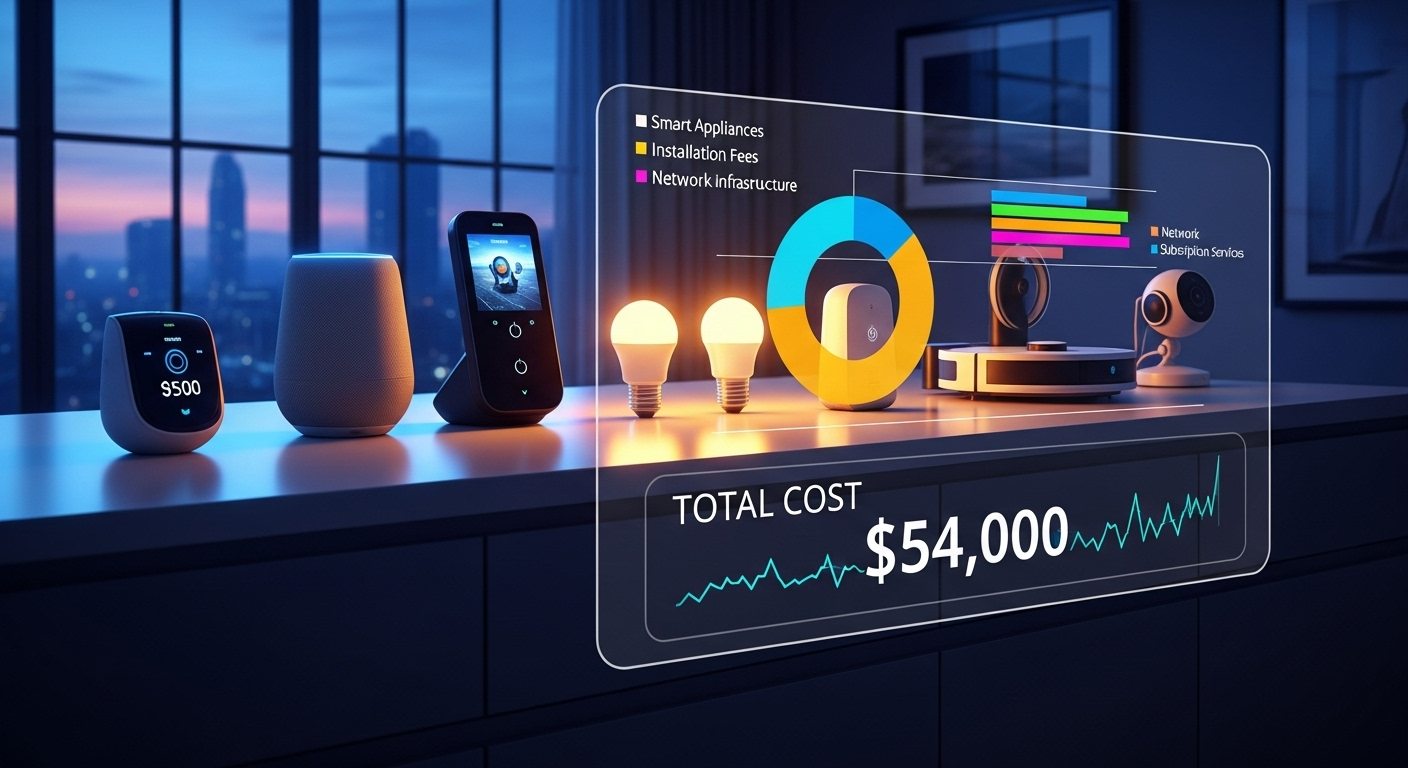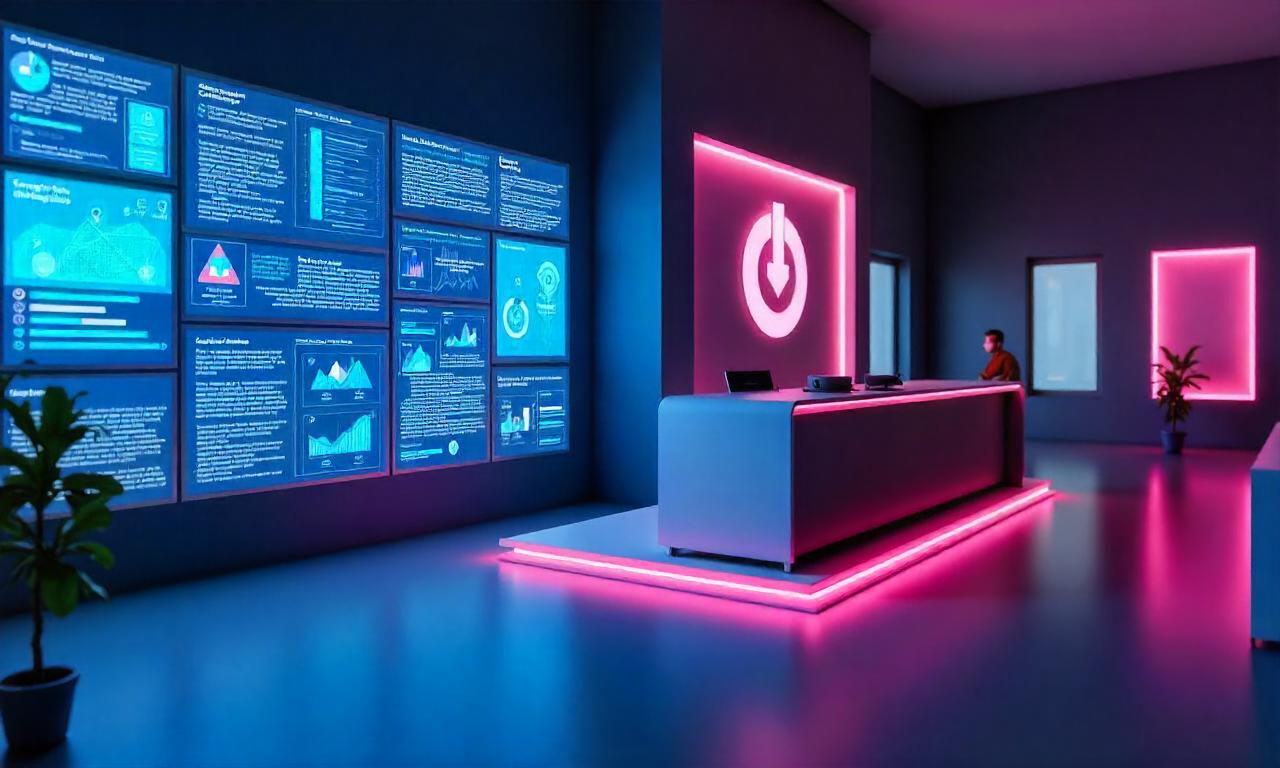<think>
Alright, so I need to write an article about the realistic cost of setting up a fully automated home. The user wants it in English, SEO-optimized, and around 1500 words. They specified a structure with H2 and H3 sections, each with several paragraphs.
First, I should probably start by outlining the main sections. The user mentioned 5+ main sections, each with at least three paragraphs. Subsections under each should be numbered and have at least two paragraphs. I'll need to make sure each section is comprehensive but not too long, keeping the reader engaged.
Let me brainstorm the main topics. I think starting with an introduction is obvious, then maybe breaking down the costs into categories like infrastructure, devices, software, and ongoing expenses. After that, a timeline for setup, FAQs, and a conclusion. That should cover the main areas.
In the introduction, I need to mention "cost of setting up a fully automated home" early on. I should highlight why automation is growing and the curiosity around the costs. Making it sound appealing but also realistic about the investment.
For the infrastructure section, I'll talk about smart hubs, wiring, and Wi-Fi. I should bold important points like the types of hubs and their approximate costs. Maybe include a bullet list of essential infrastructure components. It's important to note that existing homes might need more work, affecting the budget.
Next, the gadgets and devices section. There are so many devices available, so categorizing them into essential, intermediate, and advanced could help organize the content. Including a table here would be good to compare models and their prices. I should emphasize that prices can vary and it's best to research current options.
Smart home software and integration come next. This includes operating systems and voice assistants. I think a numbered list explaining each system would be useful. Also, mentioning the costs associated with each platform and the importance of integration. Perhaps another table here to show integration capabilities.
Ongoing expenses shouldn't be overlooked. Subscriptions, maintenance, and potential future upgrades are all part of the long-term commitment. Using bullet points to list each expense with estimated costs would make it clear. Emphasizing that while upfront costs are significant, ongoing expenses also add up over time.
The timeline section needs to outline the phases of setting up a smart home. Breaking it down into weeks or months with specific tasks each week, like research, purchasing, installation, testing, and maintenance. A table here would help visualize the timeline and associated costs per phase.
FAQs are essential to address common concerns. I'll list questions like whether it's worth the cost, DIY possibilities, budget tips, smart home security, future-proofing, and hiring professionals. Each answer should be concise, providing useful information without being too lengthy.
The conclusion should summarize the key points, reiterating that the cost varies widely based on home size and automation level. It should encourage readers to plan carefully, consider their needs, and stay updated on new technologies.
After the article, I need to create a good summary in English. It should encapsulate the main points, focusing on the varying costs, categories of expenses, and the importance of proper planning. Maybe mention the detailed sections and the factors that influence the total cost.
I also need to ensure the article is SEO-friendly by including relevant keywords like "cost of setting up a fully automated home," "smart home devices," "home automation cost," etc. Using bold, italics, and lists as per the instructions will make the content more engaging and easier to read.
Avoiding plagiarism is crucial, so I'll make sure all information is original or properly cited. Using statistics and examples can help, but I must keep the content unique.
I think I have a solid structure and plan. Now, I'll proceed to write each section, keeping it informative and within the word count. Making sure each part flows logically and covers all necessary aspects without being too technical. Balancing between detailed information and readability is key to keeping the audience engaged throughout the article.
</think>
Creating a fully automated home is a fascinating project that combines technology, convenience, and modern living. Whether you're a tech enthusiast or someone looking to enhance your home's functionality, understanding the cost of setting up a fully automated home is crucial. While the idea of a "smart home" might seem luxurious, the reality is that it can be tailored to fit various budgets. In this article, we'll explore the realistic expenses involved in setting up a fully automated home, breaking down the costs into manageable categories, and providing insights into what you can expect.
—
Table of Contents
ToggleUnderstanding Home Automation
1 What is Home Automation?
Home automation refers to the integration of technology to control and monitor various household systems, such as lighting, heating, security, and entertainment. The goal is to make life easier, safer, and more efficient. Automation can range from simple smart devices to complex systems that operate seamlessly together.
2 Why Consider Home Automation?
- Convenience: Control multiple devices with a single interface or voice command.
- Energy Efficiency: Optimize energy usage with smart thermostats and lighting systems.
- Security: Enhance home safety with automated security cameras and door locks.
- Future-Proofing: Invest in technology that will become increasingly essential as smart homes become the norm.
3 How Much Does Home Automation Cost?
The cost of setting up a fully automated home varies widely depending on the scale of automation, the size of your home, and the specific devices you choose. On average, you can expect to spend anywhere from $1,000 to $20,000 or more for a fully integrated system. This article will break down these costs into key categories to help you plan your budget effectively.
—
The Core Components of Home Automation
1 Smart Home Hubs
A smart home hub is the brain of your automated system, connecting all your devices and allowing them to communicate. Popular hubs include:
- Samsung SmartThings Hub: $60–$100
- Apple HomePod: $99–$299
- Google Nest Hub: $99–$129
The hub acts as a central controller, enabling voice commands, app-based controls, and seamless integration.
2 Smart Devices and Gadgets
Smart devices are the backbone of home automation. Here are some popular options and their approximate costs:
- Smart Lights (e.g., Philips Hue): $20–$50 per bulb
- Smart Thermostats (e.g., Nest Learning Thermostat): $200–$500
- Smart Door Locks (e.g., August Smart Lock): $150–$300
- Smart Speakers (e.g., Amazon Echo): $50–$200
- Smart Security Cameras (e.g., Ring Doorbell): $100–$300

| Device Type | Cost Range |
|---|---|
| Smart Lights | $20–$50 |
| Smart Thermostats | $200–$500 |
| Smart Door Locks | $150–$300 |
| Smart Speakers | $50–$200 |
| Smart Security Cameras | $100–$300 |
3 Wiring and Infrastructure
If you’re setting up a fully automated home from scratch, wiring and infrastructure are critical. This includes:
- Smart Wiring: $500–$2,000, depending on the complexity
- Wi-Fi Network Upgrades: $100–$500 for a high-speed router
- Powerline Adapters: $50–$100 for reliable connectivity
Existing homes may require additional work to install new wiring, which can increase costs.
—
Software and Integration
1 Smart Home Operating Systems
The software you choose will determine how seamless your automation experience is. Popular options include:
- Apple HomeKit: Known for its security and ease of use
- Google Home: Offers extensive compatibility with third-party devices
- Amazon Alexa: Provides a wide range of voice-controlled options
2 Voice Assistants and AI Integration
Voice assistants like Siri, Google Assistant, and Alexa are key to controlling your smart home. While some devices come with built-in voice control, others may require additional setup.
3 Integration Costs
- Custom Integration: Professional setup can cost $500–$2,000 or more, depending on complexity.
- Subscription Services: Some systems require monthly or annual fees for advanced features (e.g., cloud storage, security monitoring).
—
Ongoing Expenses and Maintenance
1 Monthly Subscriptions
Many smart home services require ongoing payments for features like:
- Security Monitoring: $30–$60/month
- Cloud Storage: $10–$20/month
- Smart Home Apps: $5–$15/month
2 Maintenance and Upgrades
- Device Upgrades: Expect to replace or update devices every 3–5 years, costing $500–$1,000 annually.
- Energy Consumption: While smart devices are energy-efficient, they still consume power. Factor in $50–$100 annually for increased energy use.
—
Timeline and Budget Planning
1 Phases of Setup
- Research and Planning: 1–2 weeks
- Purchasing Devices: 1–2 weeks
- Installation and Setup: 1–3 weeks
- Testing and Adjustments: 1–2 weeks
- Ongoing Maintenance: Continuous
2 Budget Breakdown
- Budget Homes: $1,000–$3,000 (basic devices and setup)
- Mid-Range Homes: $3,000–$10,000 (moderate automation)
- Luxury Homes: $10,000–$30,000+ (advanced integration and custom systems)
—
FAQs
1 Is Home Automation Worth the Cost?
Yes, for many people. It offers convenience, energy savings, and enhanced security.
2 Can I Automate My Home Myself?
Yes, but large-scale automation may require professional help.
3 How Long Does Setup Take?
Setup can take a few days to several weeks, depending on the complexity.
—
Conclusion
The cost of setting up a fully automated home varies widely, but with careful planning, it can be tailored to your budget. Whether you opt for basic smart devices or a fully integrated system, the benefits of home automation are undeniable. Start small, prioritize your needs, and expand as your budget allows.
—
Summary
The cost of setting up a fully automated home ranges from $1,000 to $30,000+, depending on the level of automation and customization. Key expenses include smart devices, hubs, wiring, software, and ongoing subscriptions. Planning carefully and prioritizing your needs can help you create a smarter, more efficient living space.
















